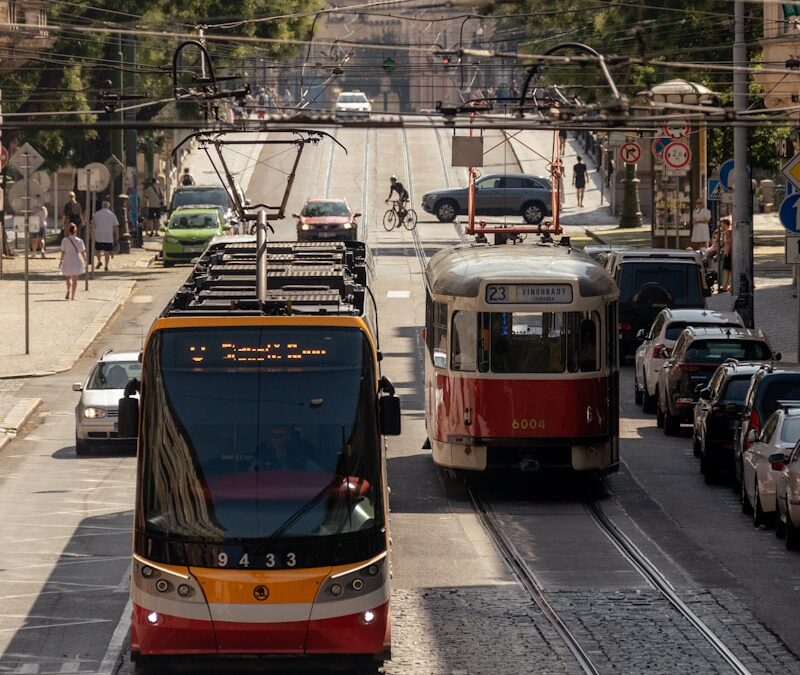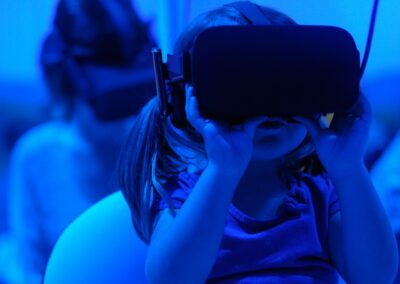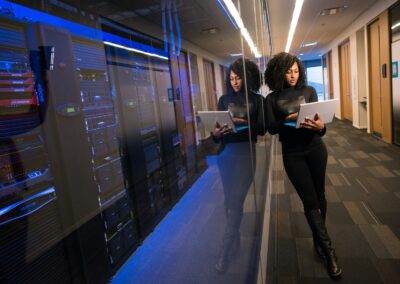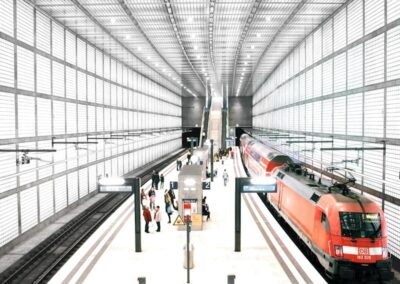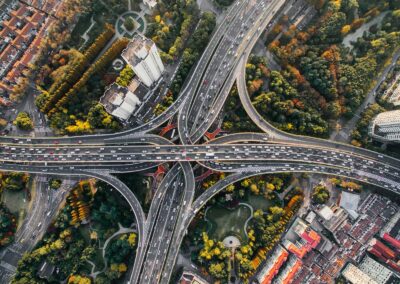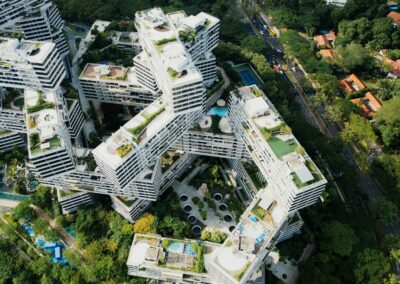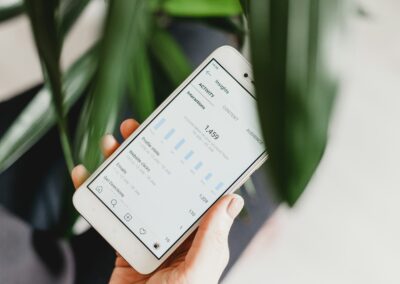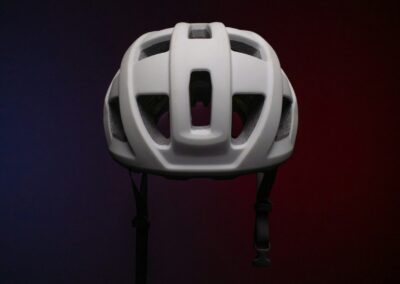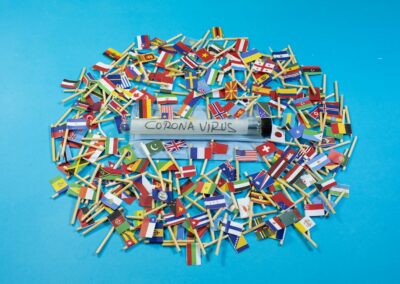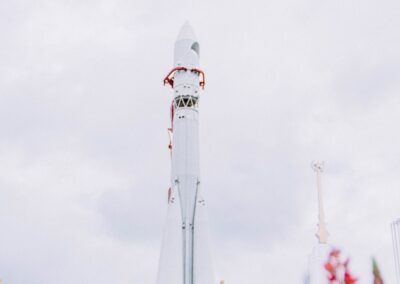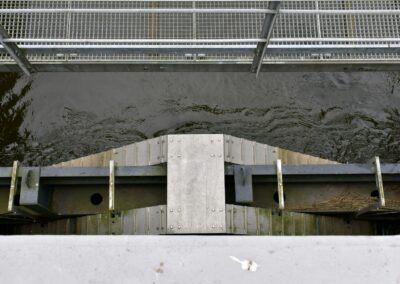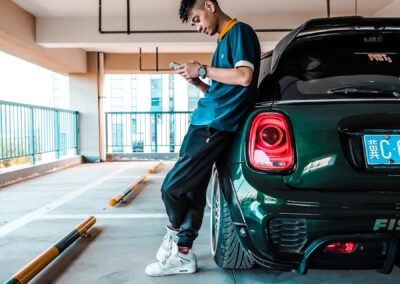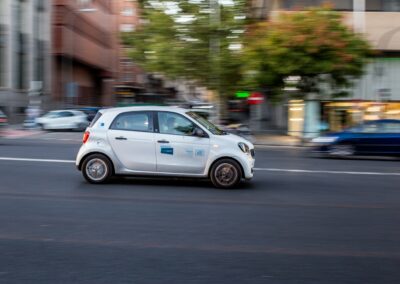Introduction to Digital Twins for Sustainable Urban Development
Revolutionizing Urban Planning with Digital Twins
Digital Twins for Sustainable Urban Development represent a transformative approach to creating more efficient and eco-friendly urban environments. By constructing virtual models of physical cities, digital twins enable comprehensive simulations and analyses of urban systems. This innovative technology allows urban planners and city officials in Saudi Arabia and the UAE to model various scenarios, predict outcomes, and make data-driven decisions that support sustainability. The digital twin technology provides a dynamic platform for monitoring resource usage, optimizing energy consumption, and managing waste, which is crucial for developing green cities. In bustling metropolises like Riyadh and Dubai, where rapid urban growth presents significant challenges, digital twins offer a valuable tool for aligning development with environmental goals.
Applications in Saudi Arabia and the UAE
In cities across Saudi Arabia and the UAE, digital twins are increasingly being utilized to support sustainable urban development initiatives. For example, in Dubai, digital twins are being employed to optimize energy use in skyscrapers and manage urban traffic flows more efficiently. This technology helps reduce emissions by analyzing and improving energy consumption patterns, ultimately contributing to a lower carbon footprint. In Riyadh, digital twins are assisting in waste management and water resource optimization, ensuring that these critical resources are used more effectively. By integrating digital twins into urban planning and management processes, these cities are not only enhancing their sustainability efforts but also setting a benchmark for others to follow in the region.
Optimizing Resource Usage and Reducing Emissions
One of the core benefits of digital twins for sustainable urban development is their ability to optimize resource usage and reduce emissions. By providing real-time data and predictive analytics, digital twins enable city planners to identify inefficiencies in resource consumption and implement targeted improvements. For instance, digital twins can model the impact of various energy-saving measures, such as smart grids or renewable energy sources, and predict their effectiveness in reducing overall energy demand. Similarly, digital twins can simulate traffic patterns to optimize transportation systems, reducing congestion and vehicle emissions. This data-driven approach supports lean urban planning principles and aligns with broader sustainability goals, fostering healthier and more resilient urban environments.
Integrating Digital Twins with Modern Technologies
Enhancing Sustainability with Artificial Intelligence and Blockchain
The integration of digital twins with artificial intelligence (AI) and blockchain technology can significantly enhance their impact on sustainable urban development. AI algorithms can analyze vast amounts of data generated by digital twins to provide actionable insights and optimize resource management. For example, AI can predict energy consumption trends and recommend adjustments to improve efficiency. Blockchain technology, on the other hand, ensures the security and transparency of data collected from digital twins, facilitating trust and collaboration among stakeholders. In Saudi Arabia and the UAE, where technological innovation is a priority, combining digital twins with AI and blockchain can lead to more robust and effective urban sustainability strategies, driving progress towards greener cities.
Exploring the Metaverse for Urban Planning
The Metaverse offers new possibilities for digital twins in urban planning by providing immersive virtual environments for simulation and design. By integrating digital twins with the Metaverse, urban planners can create interactive, 3D models of cities that allow for more detailed and engaging planning processes. This approach enables stakeholders to visualize and test various sustainability initiatives in a virtual space before implementation. For example, planners can simulate the impact of new green spaces or energy-efficient buildings within a virtual cityscape, assessing their effects on resource usage and emissions. This immersive experience can enhance decision-making and stakeholder engagement, supporting the development of more sustainable urban environments in cities like Dubai and Riyadh.
Future Prospects and Conclusion
The future of digital twins in sustainable urban development is filled with potential, as advancements in technology continue to expand their capabilities. In Saudi Arabia and the UAE, the application of digital twins is poised to play a crucial role in achieving ambitious sustainability goals and creating more efficient urban environments. By leveraging digital twins, AI, blockchain, and the Metaverse, cities can enhance their resource management, reduce emissions, and improve overall quality of life for residents. As these technologies evolve, they will offer even more sophisticated tools for urban planners and policymakers, driving progress towards a more sustainable and resilient future. The integration of digital twins into urban development strategies will be instrumental in shaping the cities of tomorrow and ensuring that they thrive in an increasingly complex and dynamic world.
#DigitalTwins #SustainableUrbanDevelopment #ResourceOptimization #EmissionsReduction #SaudiArabia #UAE #Riyadh #Dubai #ArtificialIntelligence #Blockchain #Metaverse #ExecutiveCoaching #GenerativeAI #ModernTechnology #BusinessSuccess #LeadershipSkills #ManagementSkills #ProjectManagement

